When disasters or emergencies happen, make sure your family is prepared
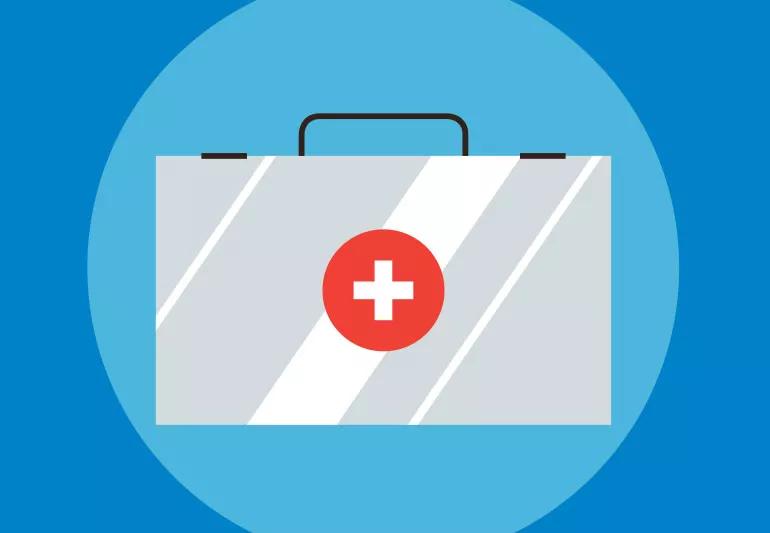
You can’t predict when a natural disaster will strike or when you’ll find yourself in an emergency situation. But what you can do is prepare for it in case it does.
Advertisement
Cleveland Clinic is a non-profit academic medical center. Advertising on our site helps support our mission. We do not endorse non-Cleveland Clinic products or services. Policy
Having the right medical supplies, basic items and an emergency plan to coordinate with family members can help you act more logically in the case of an emergency.
In case of an emergency or natural disaster, be sure you have medications and supplies for special medical needs as well as basic items, according to emergency department physician Tom Waters, MD.
These items include:
Advertisement
Have two designated meeting areas in the event of a storm so everyone knows where to gather if you become separated after the event. Examples: just outside your home or a spot you’ve predetermined outside of your neighborhood in case of evacuation. Determine a time to meet and how long to wait at that location for others to arrive.
Also, have a communication plan for your family. Choose a person who doesn’t live with you —preferably an out-of-town relative — to be the contact person that everyone can get in touch with to check on each other in case of separation. Everyone, including kids, should have this contact’s name, address and phone number readily available.
Advertisement
Learn more about our editorial process.
Advertisement
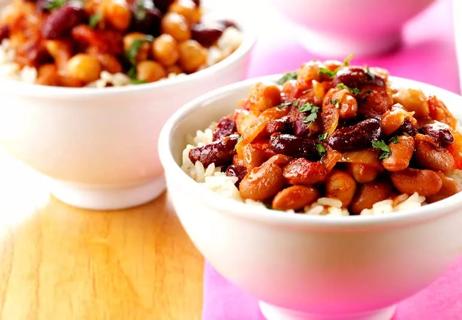
Keep healthy foods on hand, like tuna packets, canned veggies and fruits, and beans and rice
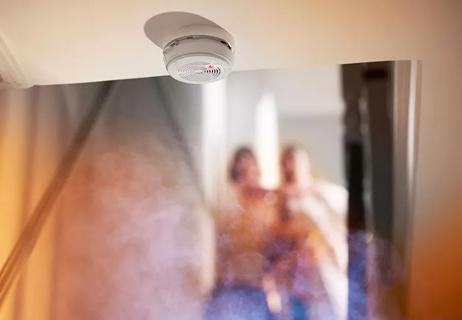
Most post-fire deaths occur because of smoke inhalation
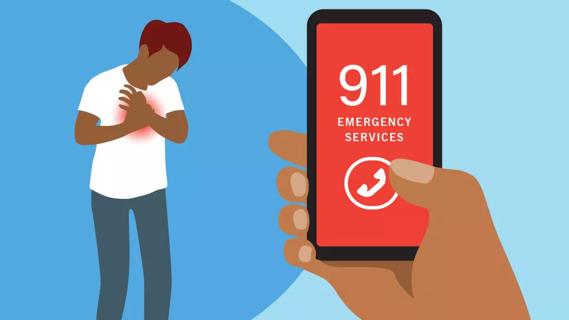
There’s no way to stop it once a heart attack is happening, but the most important thing you can do is to call for help

Cut up foods into small pieces and make sure you sit down and focus during meals
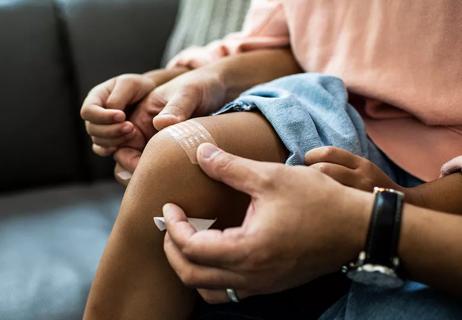
Quick action and proper care can make a big difference
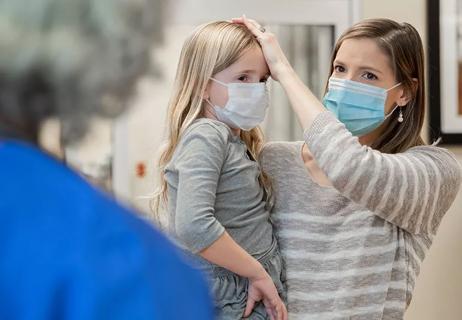
Specific symptoms will warrant a trip to the emergency room
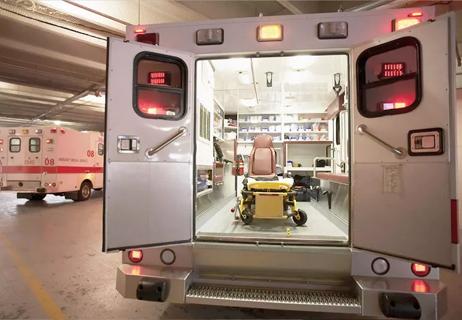
The short answer from a cerebrovascular expert
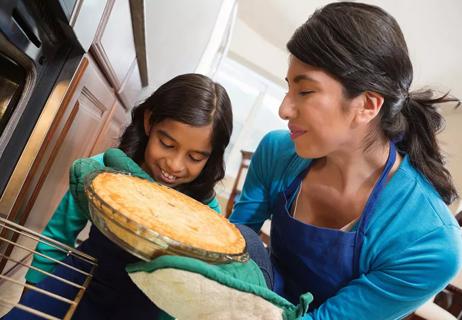
Keeping you + your family safe

Type 2 diabetes isn’t inevitable with these dietary changes

Applying a hot or cold compress can help with pain